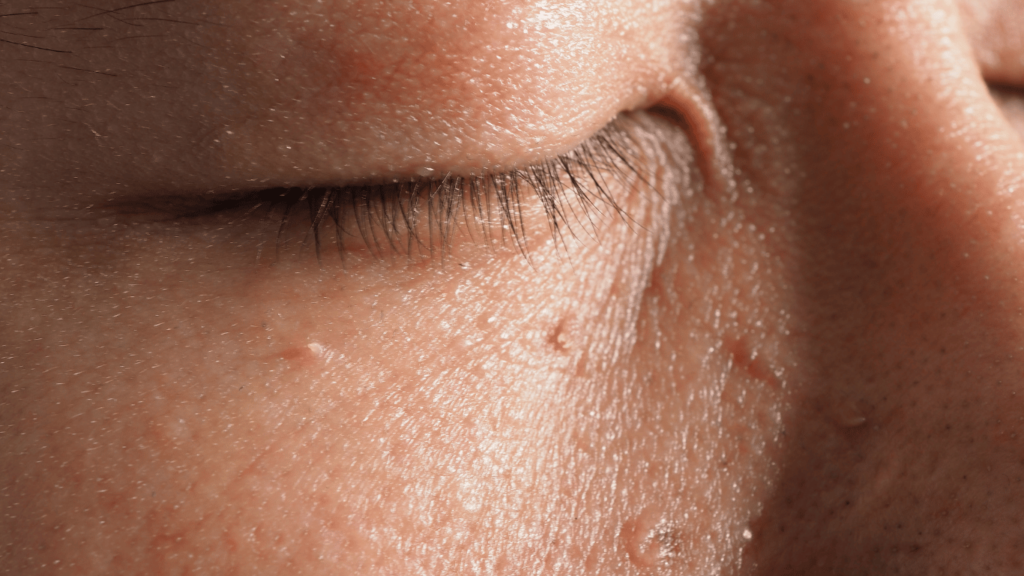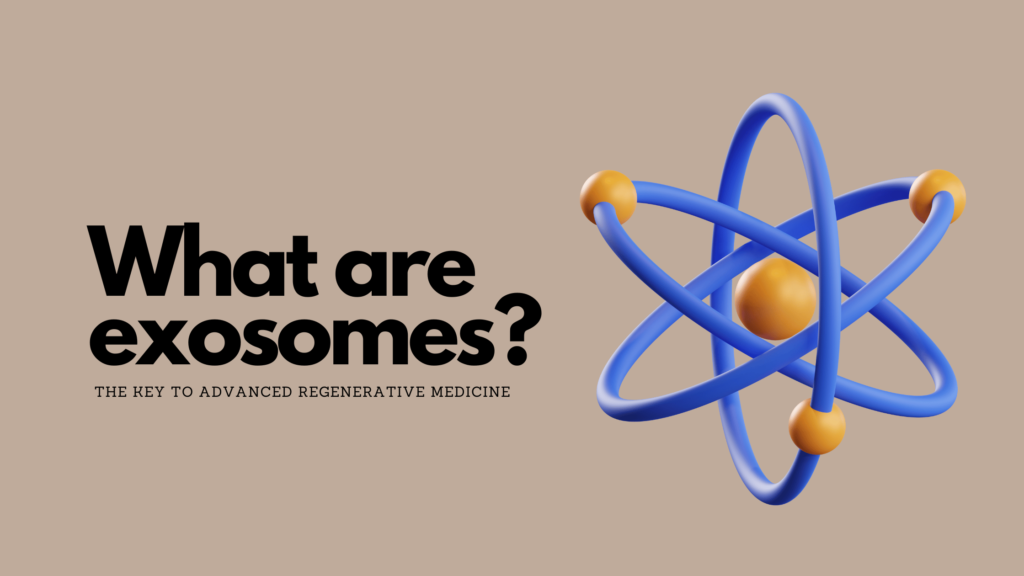Warts and skin tags are both types of benign skin growths that can develop on different areas of the body. While they share some similarities, they have distinct characteristics and treatments.
Warts
Warts are caused by the human papillomavirus (HPV), which infects the top layer of the skin. They can appear as small, raised bumps with a rough or smooth surface. Warts are usually painless, but they can be irritating or embarrassing, especially if they appear on the face, hands, or feet.
There are several types of warts, including:
- Common warts: These are typically found on the hands, fingers, and around the nails. They are raised and have a rough surface with tiny black dots.
- Plantar warts: These develop on the soles of the feet and can be painful when walking. They are flat and have a rough surface with a small black dot in the center.
- Genital warts: These are sexually transmitted and appear on the genitals, anus, and surrounding areas. They can be raised or flat and have a cauliflower-like appearance.
- Flat warts: These are small, flat warts that can appear in large numbers on the face, neck, and hands.
Warts can be contagious and spread through direct contact or by touching surfaces contaminated with the virus. They can also spread from one part of the body to another through scratching or shaving.
Treatment for warts varies depending on the type and location. Some options include:
- Over-the-counter treatments: These include creams, gels, and patches containing salicylic acid, which help to dissolve the wart over time.
- Cryotherapy: This involves freezing the wart with liquid nitrogen to destroy the infected tissue.
- Electrosurgery: This procedure involves using an electric current to burn off the wart.
- Laser therapy: This uses a laser to destroy the wart.
- Immunotherapy: This involves injecting a medication called imiquimod into the wart to stimulate the immune system to attack the virus.
Skin Tags
Skin tags are small, soft, benign growths that hang off the skin. They are usually flesh-colored or slightly darker and can range in size from a few millimeters to several centimeters. Skin tags are most commonly found on the neck, underarms, groin, and eyelids.
Skin tags are more common in middle-aged or older adults and in people who are overweight or have diabetes. They are not contagious and do not cause any health problems, but they can be bothersome or unsightly.
Treatment for skin tags is usually not necessary unless they are causing discomfort or affecting self-esteem. Some options include:
- Cutting: This involves using scissors or a scalpel to snip off the skin tag at the base.
- Freezing: This procedure, called cryotherapy, involves using liquid nitrogen to freeze the skin tag and cause it to fall off.
- Burning: This involves using an electric current to burn off the skin tag.
- Tying: This procedure, called ligation, involves tying a thread or string around the base of the skin tag to cut off its blood supply and cause it to fall off.
In conclusion, while warts and skin tags are both benign growths, they have different causes, characteristics, and treatments. It is important to consult with a healthcare provider to determine the best course of action for removing or managing these skin growths.




